Understanding Wine: The Importance of Classification
Wines are that traditional and special drink that has impacted and fascinated most people in practically the entire history of humanity, is not a simple concoction prepared with grape ferment, it is in itself, a compilation of great experiences linked to the cultural and geographical, which with the important element of human passion has created the drink with the most anecdotes and stories: Wines.
For the beginner, also known as the novice, the world of wine can feel like a labyrinth, filled with countless denominations, types, and rituals that are initially difficult to grasp.
However, there is a basic framework that can greatly aid in understanding wine: its classification. In this installment, we aim to reveal, in the simplest and most enjoyable way possible, the key variables that will help us better navigate and appreciate the fascinating world of wine.
What is Wine Classification?
The classification of wine is not a simple oenological whim of some wine expert, but it is something systematic that organizes and separates wines into different categories according to their characteristics, such as: By their geographical origin, varietal, by the method of vinification, type of grape, even by their residual sweetness.
This taxonomy ("Science that deals with the principles, methods and purposes of classification. It is applied in particular, within biology, to the hierarchical and systematic ordering, with their names, of groups of animals and plants"). It is the result of centuries of tradition and methodical observation that govern the wine world.
Types of Classification: A Journey Through Systems
The scenario of wine classification is a network of different threads, each of them being an approach that is often totally different. Although it must also be said, one of the most relevant characteristics in the classification of wines is their geographical origin.
The protected designation of origin (D.O.P) or geographical indication (I.G.P) emerge as protagonists, associating the wine with its terroir. This definition covers the interaction of soil, climate, topography and finally the hand of the winegrower.
Classification by grape variety
The grape variety refers to the specific cultivar that predominates in each wine. It can range from the nobility of a Cabernet Sauvignon to the versatility of a Chardonnay. Each variety offers a distinctive and unique organoleptic profile, subtle characteristics that a trained palate can readily identify. This makes grape variety an essential reference point for anyone seeking to explore the particular expressions and personality of each grape.
Classification by method of production
This characteristic is linked to the processes that each winegrower carries out on his estate and the subsequent transformation steps that take place in the wineries. The so-called sparkling, still, fortified or dessert wines: Each of these categories result from particular winemaking techniques, which give the final product a characteristic texture and structure.
Barrel ageing, a traditional method, or carbonic maceration are examples of these techniques that define the typology of wines.
Classification by Sweetness
As its name indicates, its classification is based on the residual sugar content in the wine, a preponderant factor for its reception in the mouth. Both in dry wines, where the sugar has been almost completely fermented, moving on to natural wines, whose sugariness is a delight. This classification is very relevant when it comes to pairing, taking into account personal tastes.
Importance to the Consumer: A Guide in Your Hands
Knowledge is always an important characteristic when learning any subject in life, which is why talking about wines does not escape this truth.
In this case, knowing how to interpret and know the classification in wines is a necessary guide to enter the wine world, perhaps it is not about being an expert professional wine taster, but about handling the terms knowing the theory well, to start putting it into practice, for when it is offered to you either to buy wines or to know how to combine as a complement to any meal or menu to be made.
Classification and Quality: Are They the Same?
It is essential to understand and be clear in order to know the differences between "wine classification" and "wine quality". It is a common mistake to have that confusion, but what is clear is to be sure that wine classification is not synonymous with quality. It is true that a designation of origin or a specific category usually implies certain production standards and quality potential, final excellence will always be a complex challenge, influenced by countless factors.
The classification, therefore, is an indicator of style and origin, but not a sure guarantee of organoleptic superiority, it is rather considered as the starting point or reference that helps us to contextualize the wine, but there will always be in the end a subjective sensory experience that will usually be the last word.
Challenges in Wine Classification
The sometimes intricate nature of wines and their link to various factors present challenges related to their classification. Subjectivity in this evaluation is one of the most obvious difficulties that exists in the wine industry. What for one taster considers a sublime quality, for another, could be characteristics of lesser importance.
Tastes and perceptions of organoleptic attributes can vary enormously, likewise, the evolution in wine classifications is always a dynamic process. The rules and boundaries of wine regions can change over time. New grape varieties may emerge, or existing ones may rise to prominence from one era to the next.
The Art of Understanding Wine
The classification of wines is not simply theory, as we said at the beginning of the article, it is an academic formality that constitutes a practical and powerful tool, which changes the experience from passive to active and conscious.
Mostly, for those who are starting out in this exciting hobby of wines, it will be an edifying path that will undoubtedly allow you to enter the wine universe in a successful way.
On the other hand, for the connoisseur with more experience in the subject, it will be a plus that will provide order and technique to a knowledge in constant expansion, facilitating the identification of subtleties and anticipation of pleasures.
Finally, we invite you to put this knowledge into practice by choosing a great bottle from our store at finding.wine store. It's the perfect opportunity to start applying what you've learned in this article, plus, you'll receive a 10% discount on your first promotional purchase.




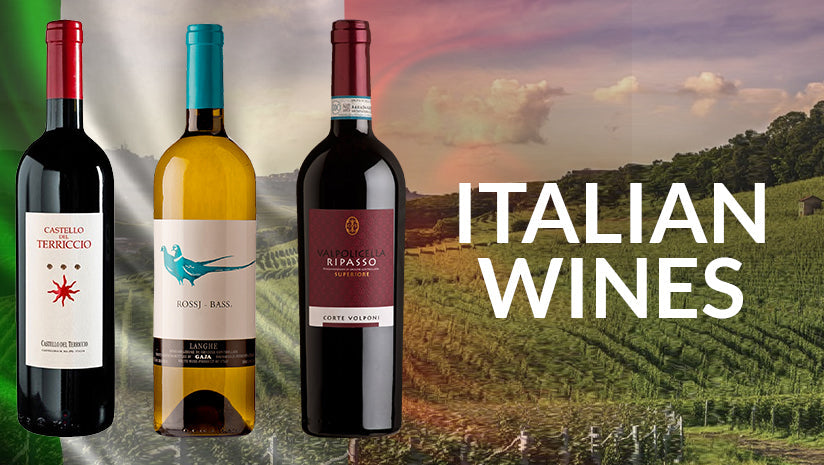
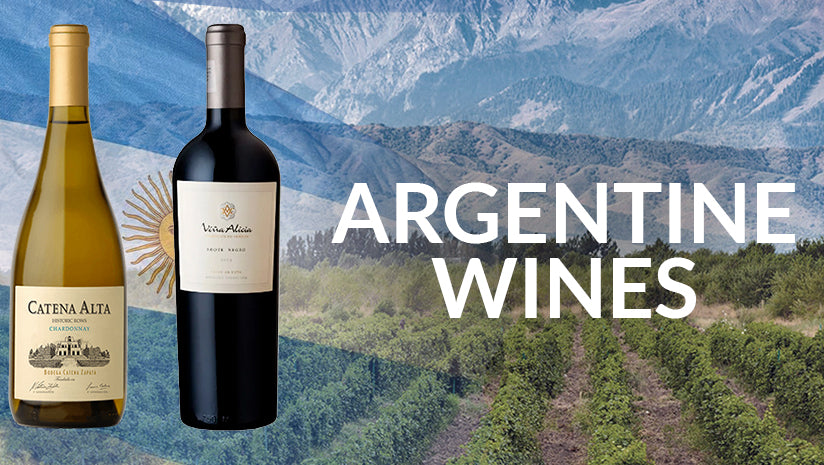
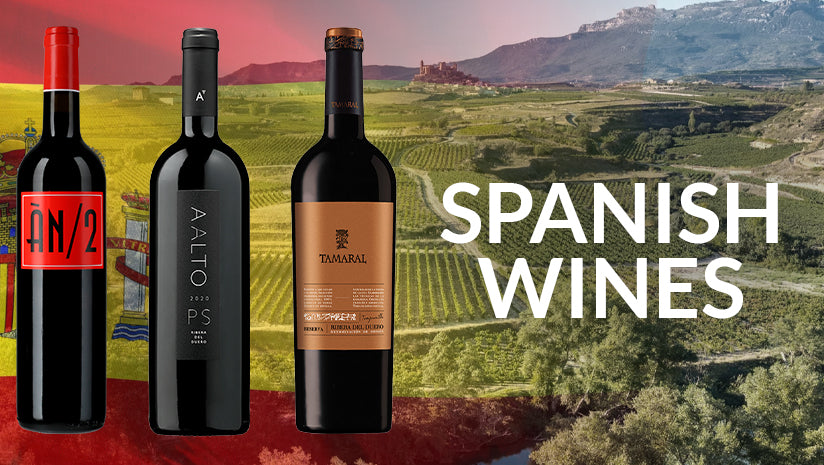
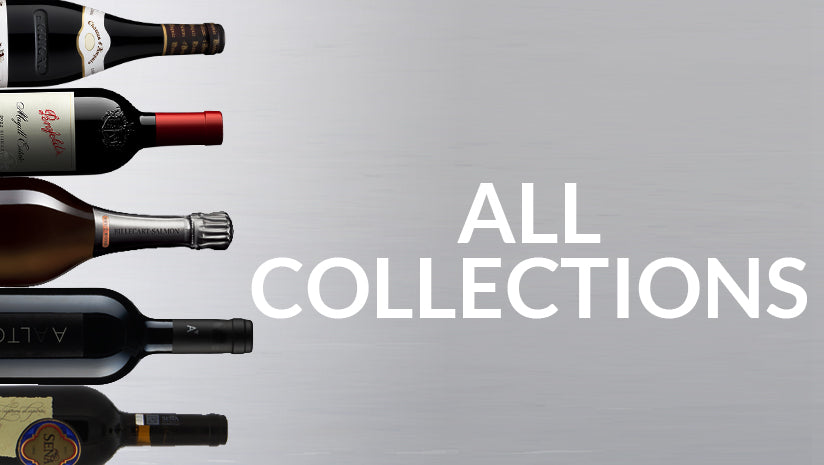

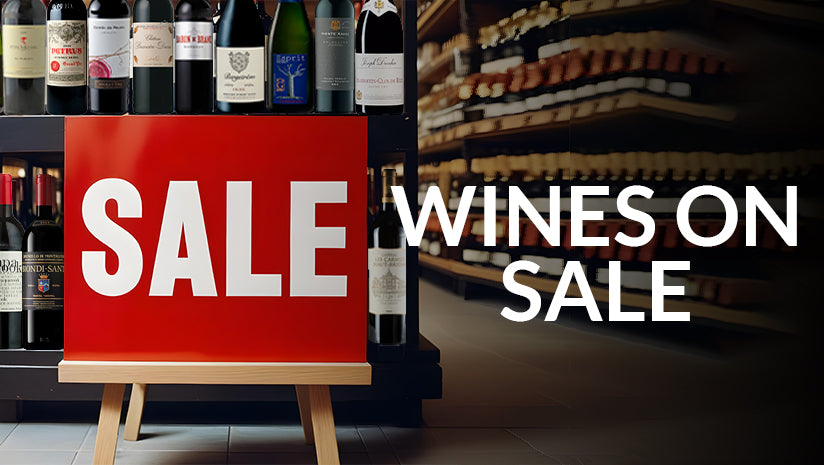
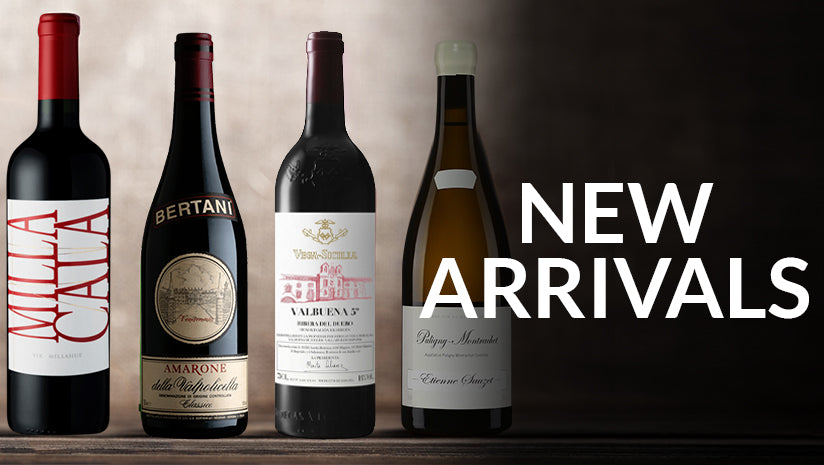
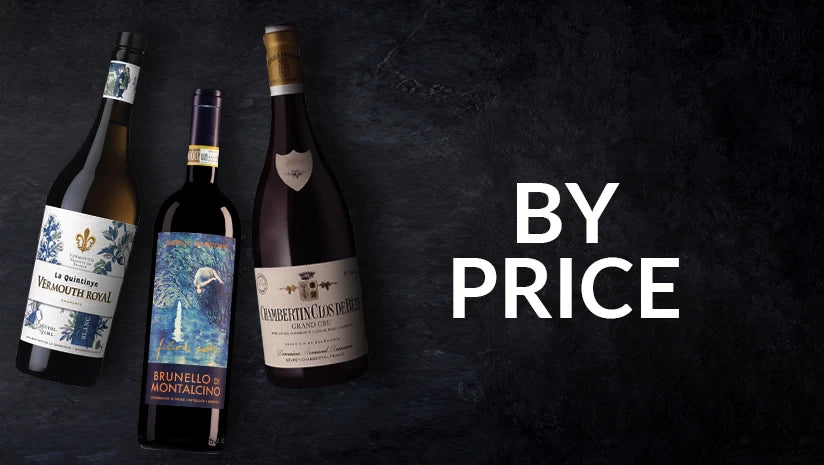














Leave a comment